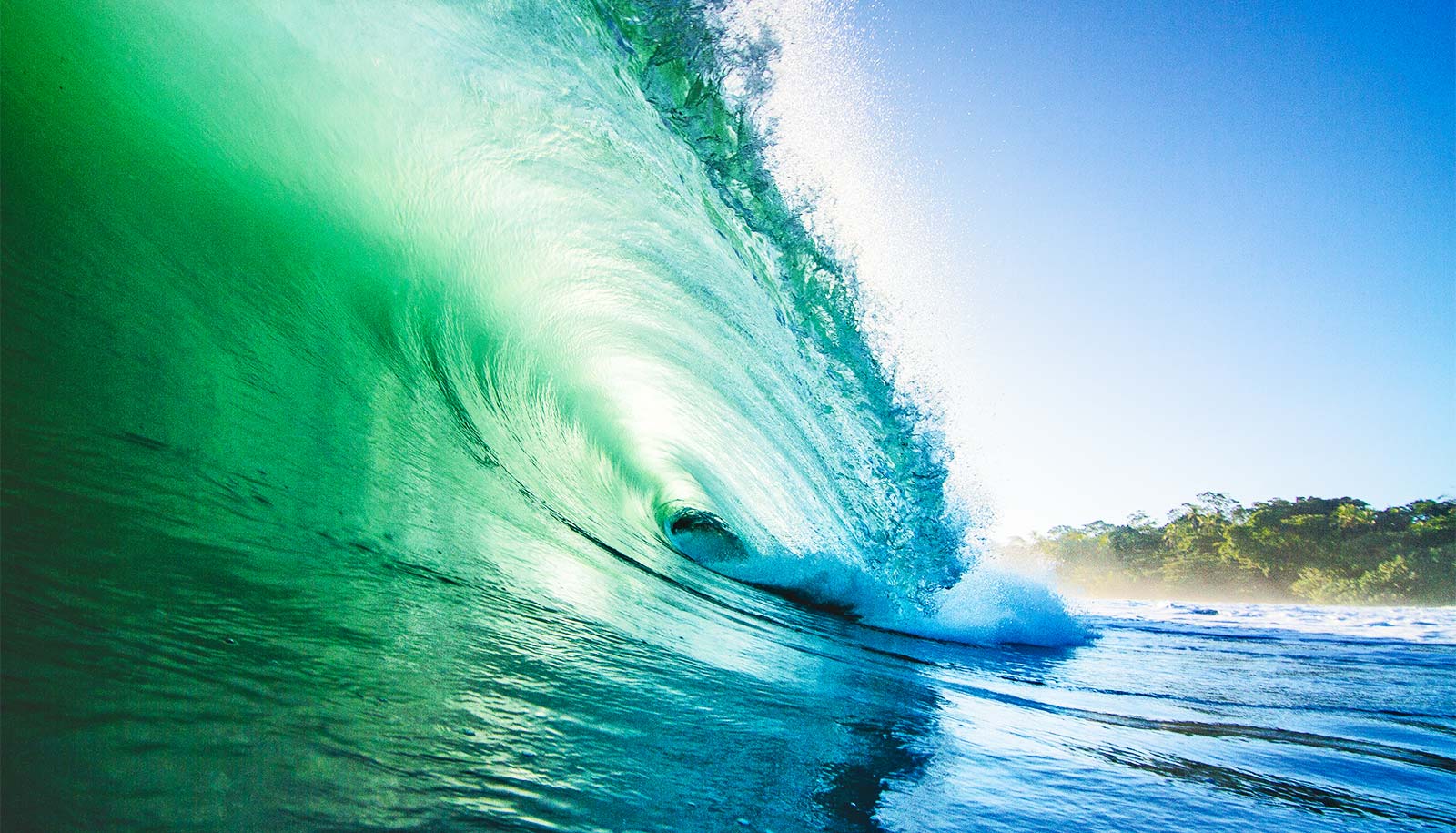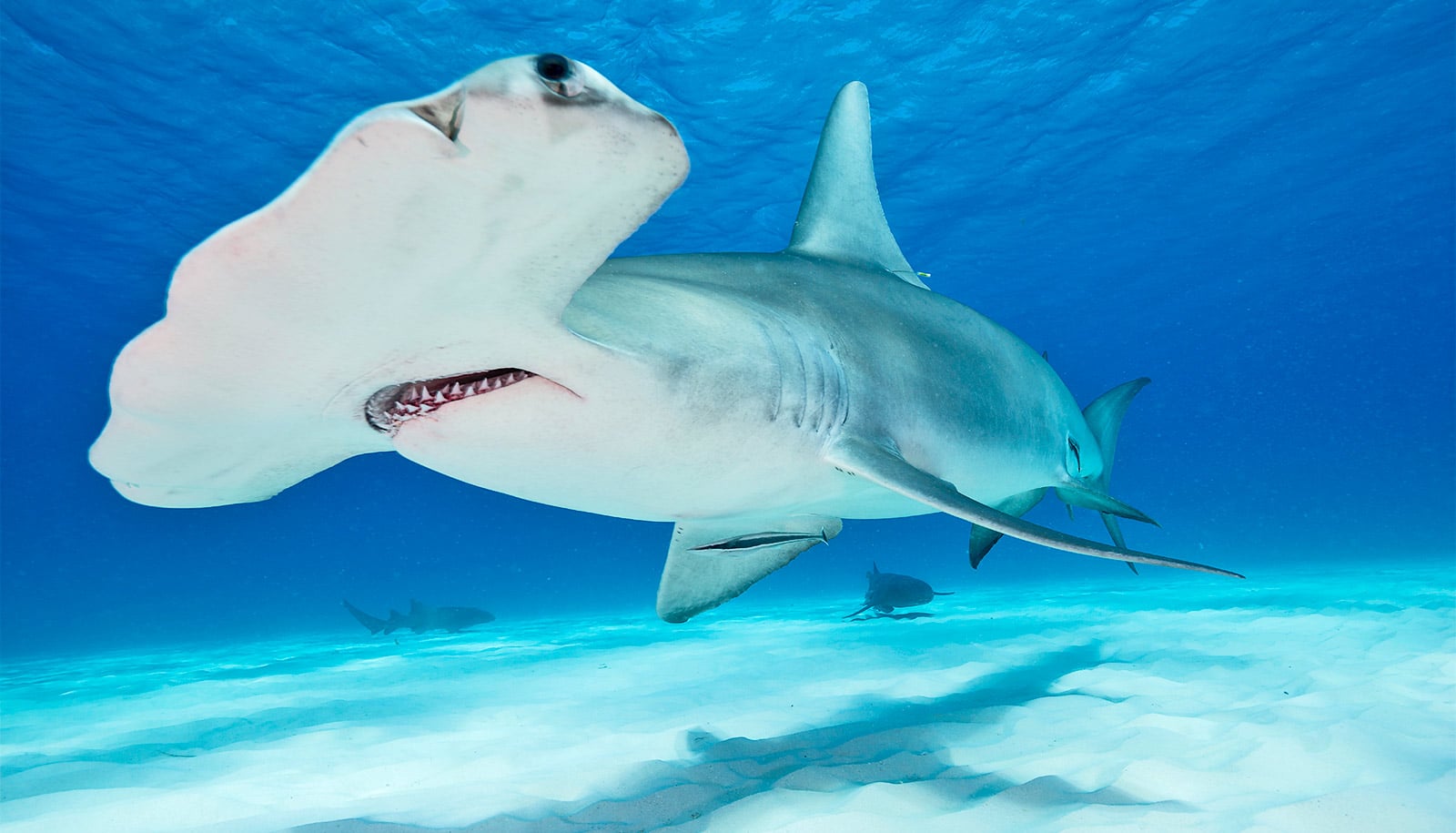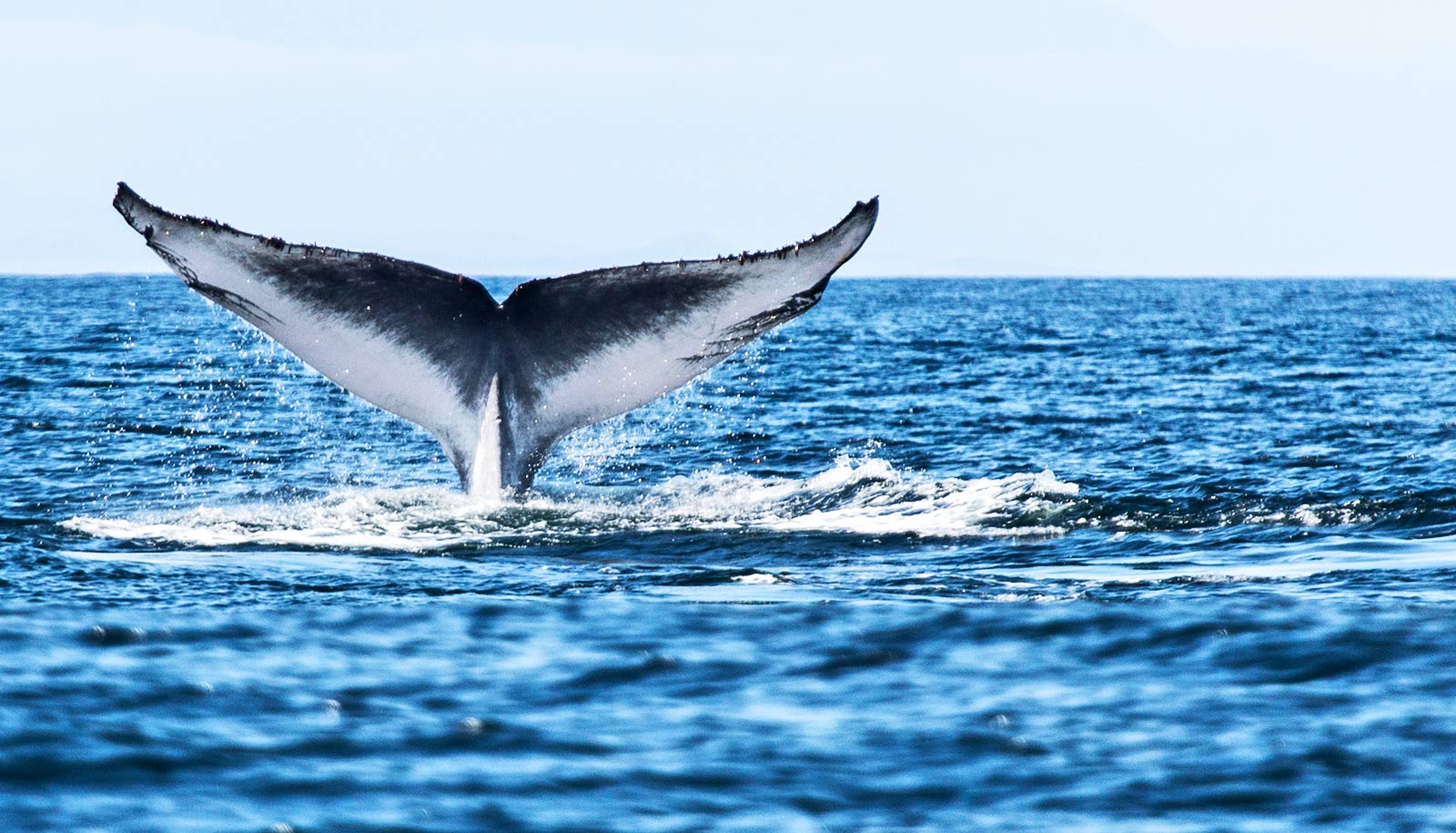Ocean acidification is pervasive along the West Coast of the United States and likely to spread, but persistent, less-acidic havens in some regions may be sheltering marine life from harsher conditions.
With the first-ever dataset measuring pH in the very nearshore regions of the ocean, researchers find that the California current is more susceptible to ocean acidification than previously thought. The work, appearing in Scientific Reports, also documents “refuges” that offer hope.
“This is both good and bad news,” says biologist Carol Blanchette, director of University of California, Santa Barbara’s Valentine Eastern Sierra Reserves, who collaborated on the study as part of the research consortium PISCO (Partnership for Interdisciplinary Studies of Coastal Oceans).
“The hotspots of acidification have very low pH, but the spatial structure is so persistent from year-to-year that the refuge areas—those with better pH, near Cape Mendocino, north of Point Conception, and Monterey Bay—are likely to be refuges over time,” she says.
“This is about more than the loss of small snails…”
In a three-year survey of the California Current System along the West Coast, the scientists found persistent, highly acidified water throughout the ecologically critical nearshore habitat, with “hotspots” of pH measurements as low as any oceanic surface waters in the world. The research took place at several sites in the region of Cape Mendocino, Bodega Bay, Monterey Bay, and the coast just north of Point Conception.
With the increase in atmospheric carbon dioxide—the prime suspect in ocean acidification—low-pH conditions are likely to get worse, according to the scientists. That reality makes the discovery of safer havens equally important; these more moderate pH environments could be used as a resource for ecosystem management.
“This provides an opportunity for research to examine how organisms can adapt through evolutionary change if they have open populations that live in both higher and lower pH areas,” Blanchette says.
“It also means that the ocean is not homogenous—there is a lot of spatial structure. And, importantly, it speaks for a network of marine protected areas as a conservation strategy for climate change, to allow populations to be large enough, in many different places, that organisms have time for evolution to work and provide genetic adaptation to climate impacts.”
Lead author Francis Chan, a marine ecologist at Oregon State University, says: “The West Coast is very vulnerable. Ten years ago, we were focusing on the tropics with their coral reefs as the place most likely affected by ocean acidification. But the California Current System is getting hit with acidification earlier and more drastically than other locations around the world.”
The researchers developed a network of sensors to measure ocean acidification over a three-year period along more than 600 miles of the West Coast. They observed near-shore pH levels that fell well below the global mean pH of 8.1 for the surface ocean, and reached as low as 7.4 at the most acidified sites—among the lowest recorded values ever observed in surface waters.
Acidic oceans make it hard for snails to escape predators
The lower the pH level, the higher the acidity. Previous studies have documented a global decrease of 0.11 pH units in surface ocean waters since the beginning of the Industrial Revolution. That pH decrease represents an acidity increase of approximately 30 percent.
Highly acidified ocean water is potentially dangerous because many organisms are very sensitive to changes in pH. According to the scientists, negative impacts already are occurring in the California Current System, where planktonic pteropods—or small swimming snails—were documented with severe shell dissolution.
“This is about more than the loss of small snails,” says coauthor Richard Feely, a senior scientist with the National Oceanic and Atmospheric Administration’s Pacific Marine Environmental Laboratory.
“These pteropods are an important food source for herring, salmon, and black cod, among other fish. They also may be the proverbial ‘canary in the coal mine’ signifying potential risk for other species, including Dungeness crabs, oysters, mussels, and many organisms that live in tidepools or other near-shore habitats.”
The team’s observations did not vary significantly over the three years—even with different conditions, including a moderate El Niño event—according to Chan.
Pacific Ocean is an early warning of what’s to come
“The highly acidified water was remarkably persistent over the three years,” she says. “Hotspots stayed as hotspots, and refuges stayed as refuges. This highly acidified water is not in the middle of the Pacific Ocean; it is right off our shore. Fortunately, there are swaths of water that are more moderate in acidity and those should be our focus for developing adaptation strategies.”
Source: UC Santa Barbara



